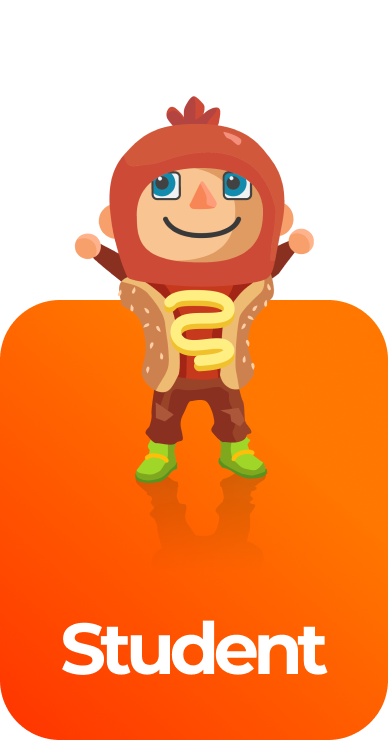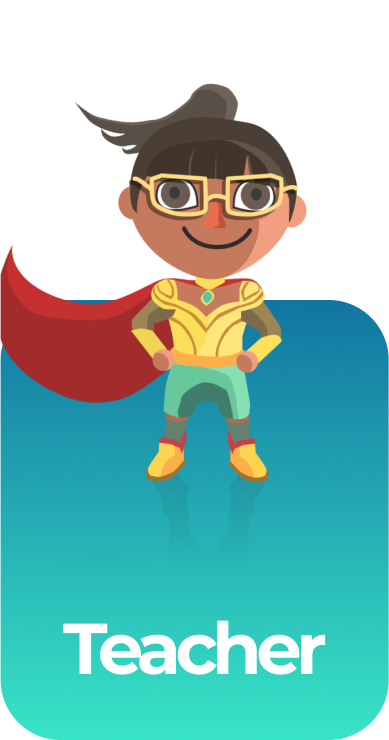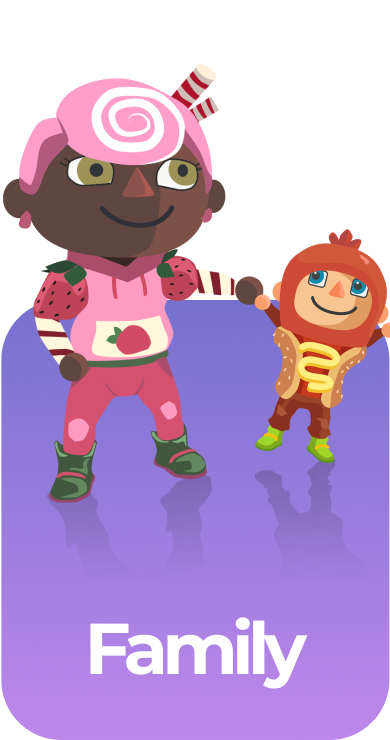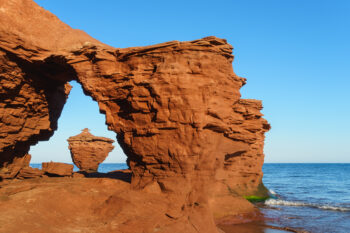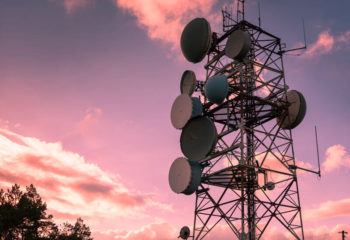Food Webs in an Ecosystem – Curriculum Games
5 gamesIn this series of games, your middle school students will learn how organisms consume and transfer energy in an ecosystem. The Food Webs in an Ecosystem learning objective, based on NGSS and state standards, delivers improved student engagement and academic performance in your classroom, as demonstrated by WestEd research.
Scroll down for a preview of this learning objective’s games and the concepts they drive home.
Concepts Covered
All of the energy in an ecosystem comes from the sun. Organisms like algae and green plants, known as autotrophs or producers, use photosynthesis to convert the sun’s energy into usable energy for themselves.
Heterotrophs, or consumers, cannot make their own energy, so they have to consume it from other sources. Herbivores get their energy directly from eating plants, so they are first-level consumers. Small carnivores that eat herbivores are second-level consumers, and larger carnivores that eat them are third-level consumers.
Decomposers, like fungi and bacteria, break down the dead remains of producers and consumers. This returns their nutrients to the soil, where they can be used by plants, continuing the cycle.
Trophic pyramids are useful tools for showing the structure of an ecosystem. Autotrophs are at the bottom, and with each level of the pyramid, energy is transferred. The higher up the pyramid, the less usable energy there is, which explains why there are smaller populations of high-level consumers.
Another visualization of an ecosystem is the food web. Food webs illustrate predator/prey relationships, and scientists can use them to predict how a change in one species’ population will affect the others in its ecosystem.
Here is an engaging preview of each game aligned with our learning objectives, designed to inspire and enhance your educational experience.
You can access all of the games on Legends of Learning for free, forever, with a teacher account.
